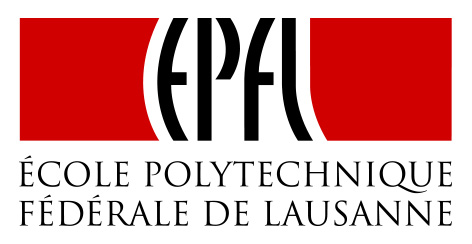There is a race to develop commercial nuclear fusion reactors. A lot of milestones are being passed as the race heats up. Now there are companies who say they expect to have a working prototype in five years. One encouraging fact with respect to current fusion research is that many different types of processes and technologies are being pursued.
Tokamak fusion reactors were first developed by the Soviet Union in the 1950s. They are donut-shaped chambers that confine and heat plasmas to generate fusion reactions. The shape of the plasma cross-section influences the quality of the containment.
Tokamaks utilize powerful magnetic field to confine and shape the plasma that contains the fuel needed to achieve fusion. The shape of the plasma has a strong effect on the ease with which viable fusion can be achieved. In a conventional tokamak, the cross-section of the plasma is shaped to resemble a capital “D”. When the straight side of the D shape faces the center of the donut-shaped tokamak, this configuration is called positive triangularity. When the curved part of the D shape faces the center of the tokamak, it is called negative triangularity. Recent research indicates that negative triangularity reduces how much the plasma interacts with the plasma-facing material surfaces of the interior of the tokamak. This new research shows that there are critical benefits for negative triangularity in the quest for viable fusion.
One of the major challenges for fusion energy science and technology is how to build future power plants that control plasmas that are many times hotter than the center of the Sun. At these extreme temperatures, interactions of the plasma with the material walls of the power reactors have to be controlled and minimized. Undesirable interactions happen due to turbulence in the boundary region of the plasma. This new research shows that the boundary turbulence in negative triangularity plasmas is significantly reduced when compared with that occurring in plasmas with a positive triangularity shape. In addition, the undesirable interacts with the plasma-facing walls is also much reduced. This should result in principle to longer lifetimes for the walls of the chamber and also a reduction in the risk of damage to the walls. Such damage could require that the tokamak be shut down.
It is known to scientists that in tokamak fusion devices, core plasmas shaped into negative triangularity exhibits a significant increase in energy confinement when compared to positive triangularity. Negative triangularity plasma shapes also show reductions in the fluctuation levels of the electron temperature and density of the core. This makes negative triangularity plasmas promising candidates for a future commercial nuclear fusion power reactor.
The new research being reported here shows that the sign and degree of triangularity also have a big effect on plasma edge dynamics and power and particle exhaust properties. However, scientists know relatively little about such effects. Experiments at the Tokamak à Configuration Variable (TCV), located at the École Polytechnique Fédérale de Lausanne (EPFL) in Lausanne, Switzerland, revealed a strong reduction of boundary-plasma fluctuation and plasma interaction with the facing wall for sufficiently negative triangularity values. The researchers observed the reported effects in both inner-wall-limited and diverted plasmas. This significant reduction in plasma-wall interaction at sufficiently negative triangularity strengthens the prospects of negative triangularity as a potential nuclear fusion reactor solution.
